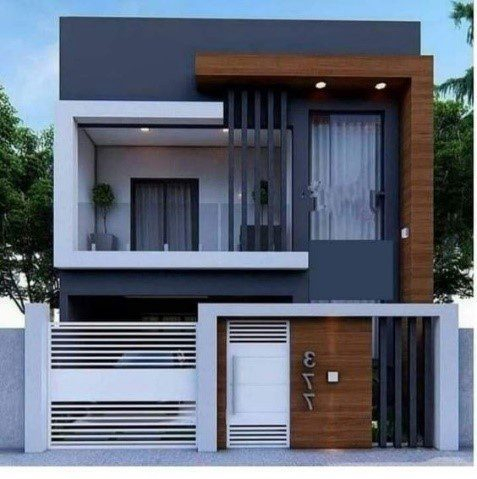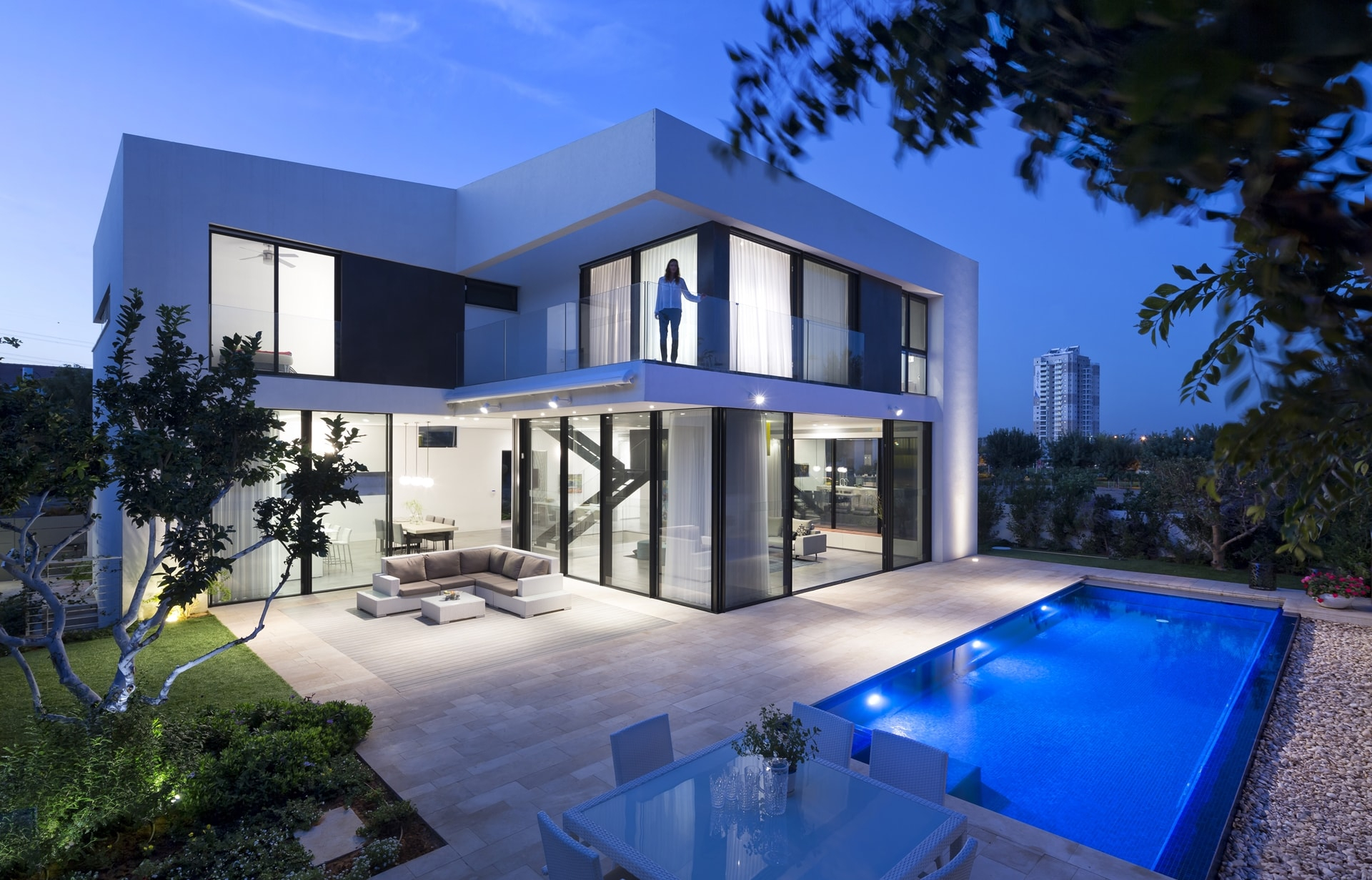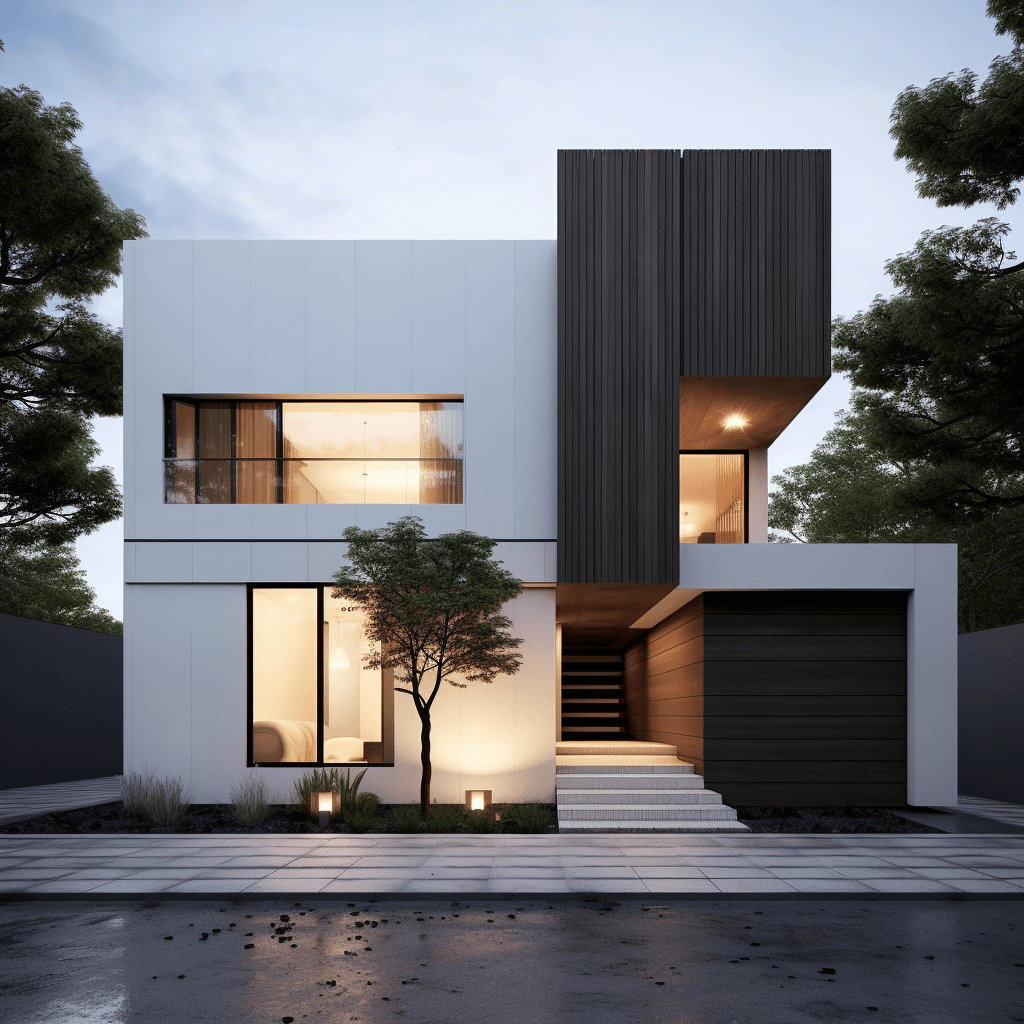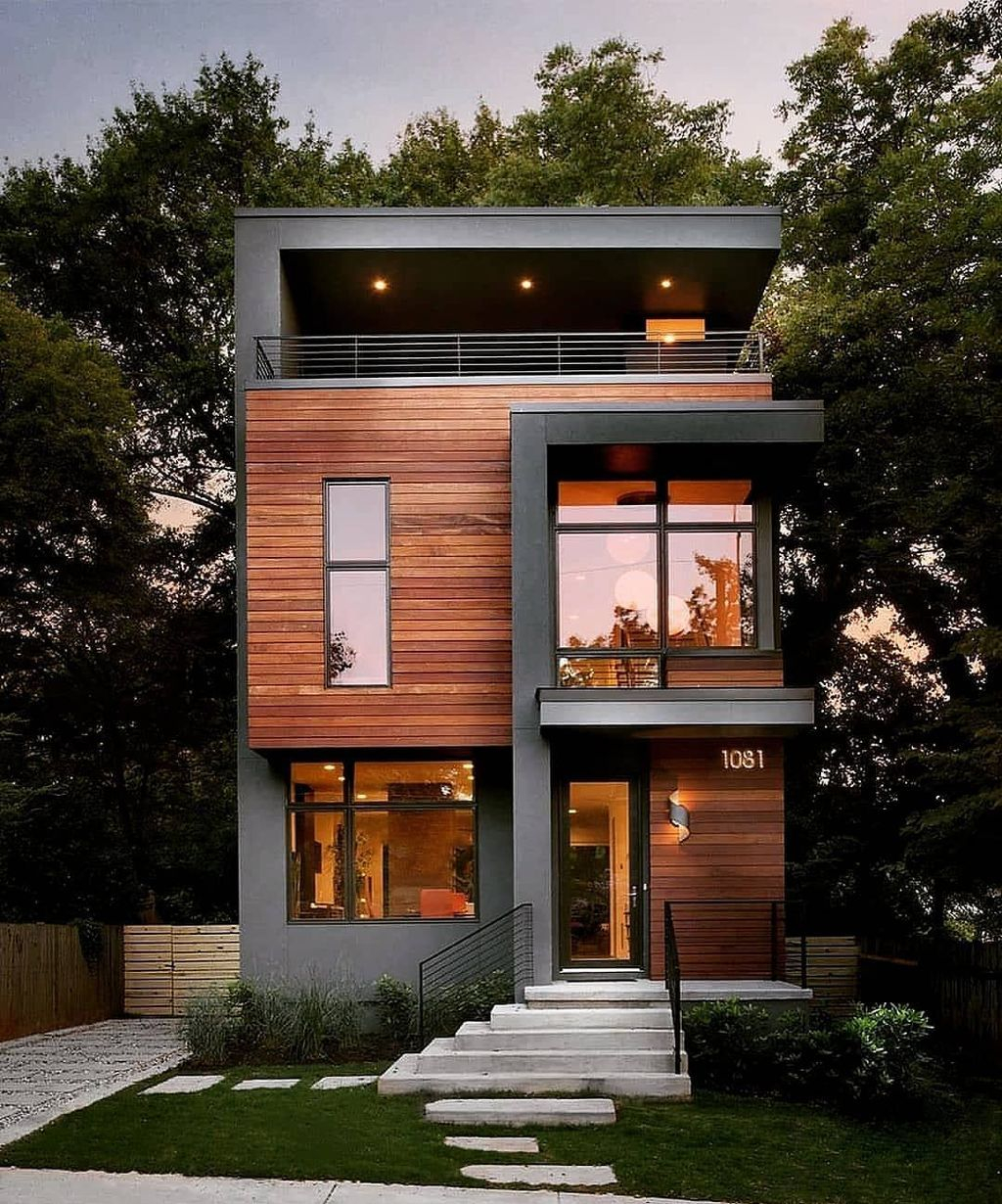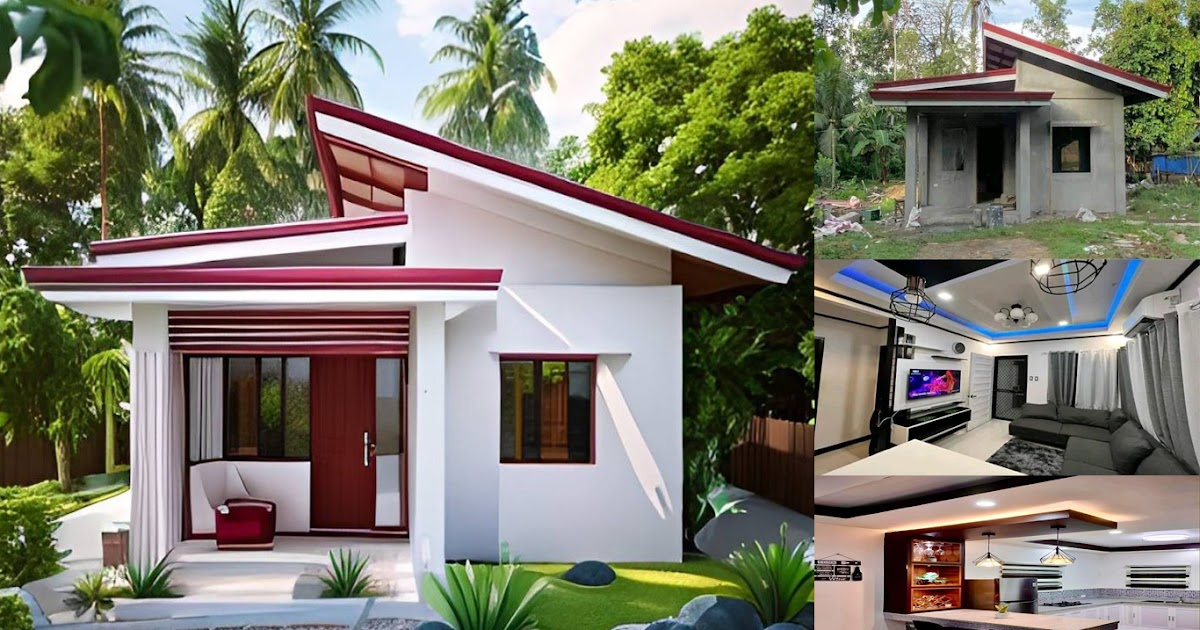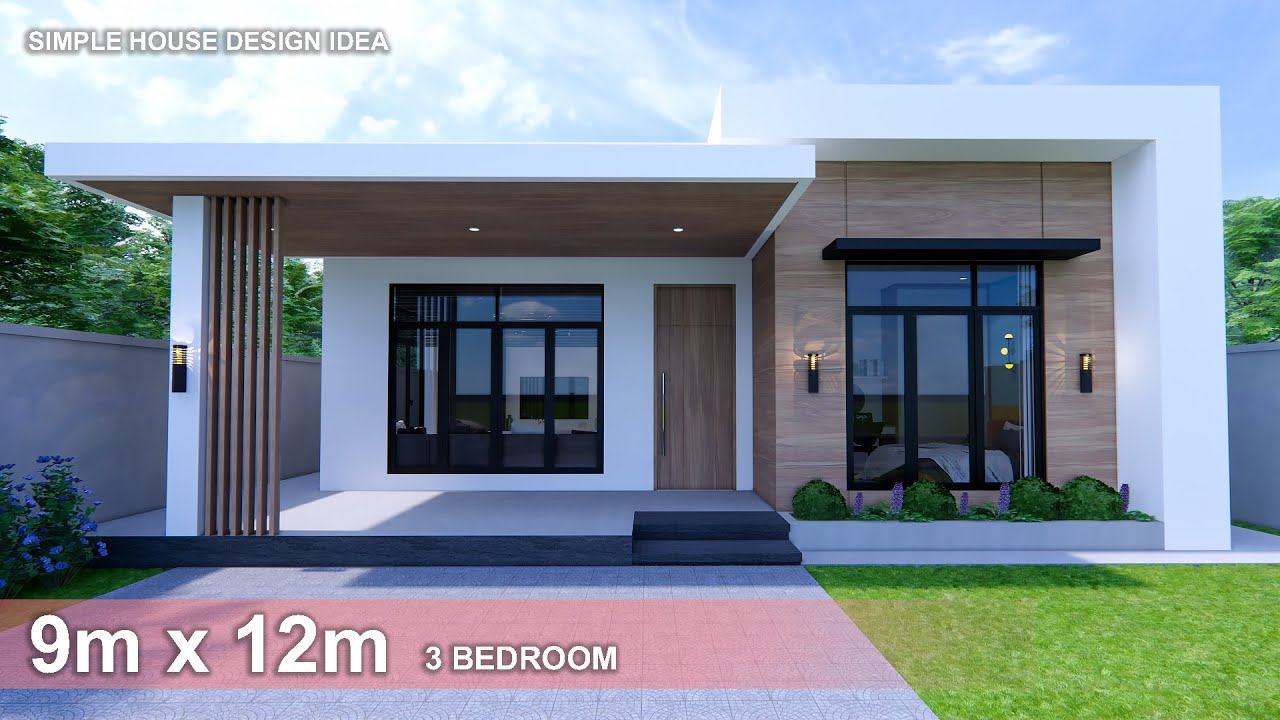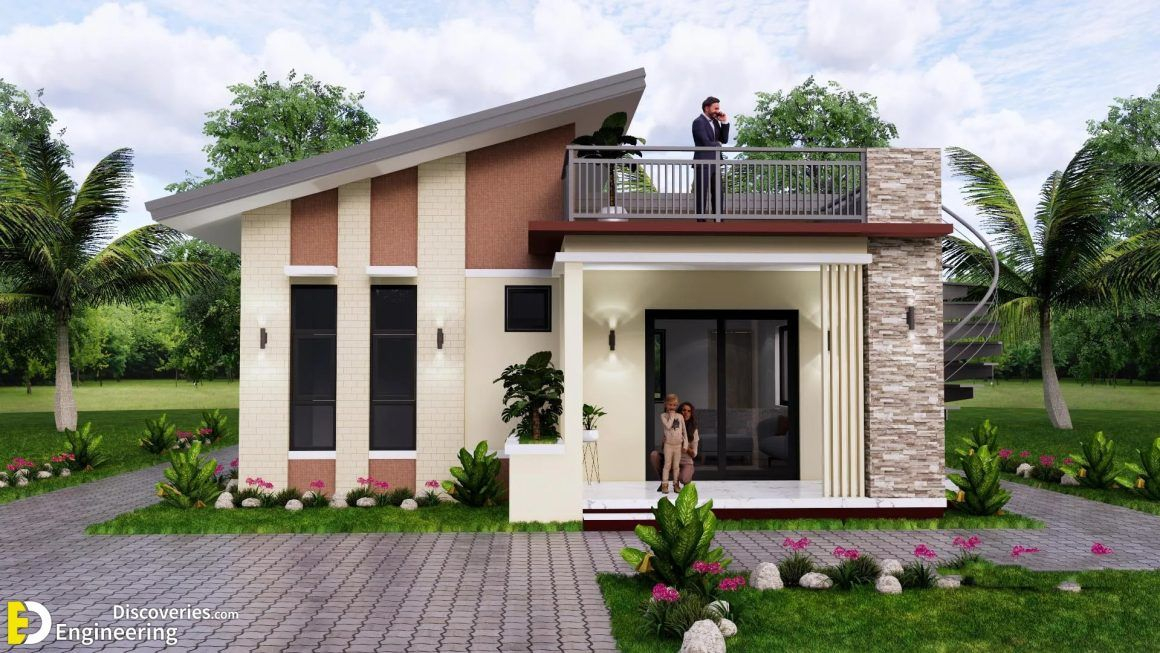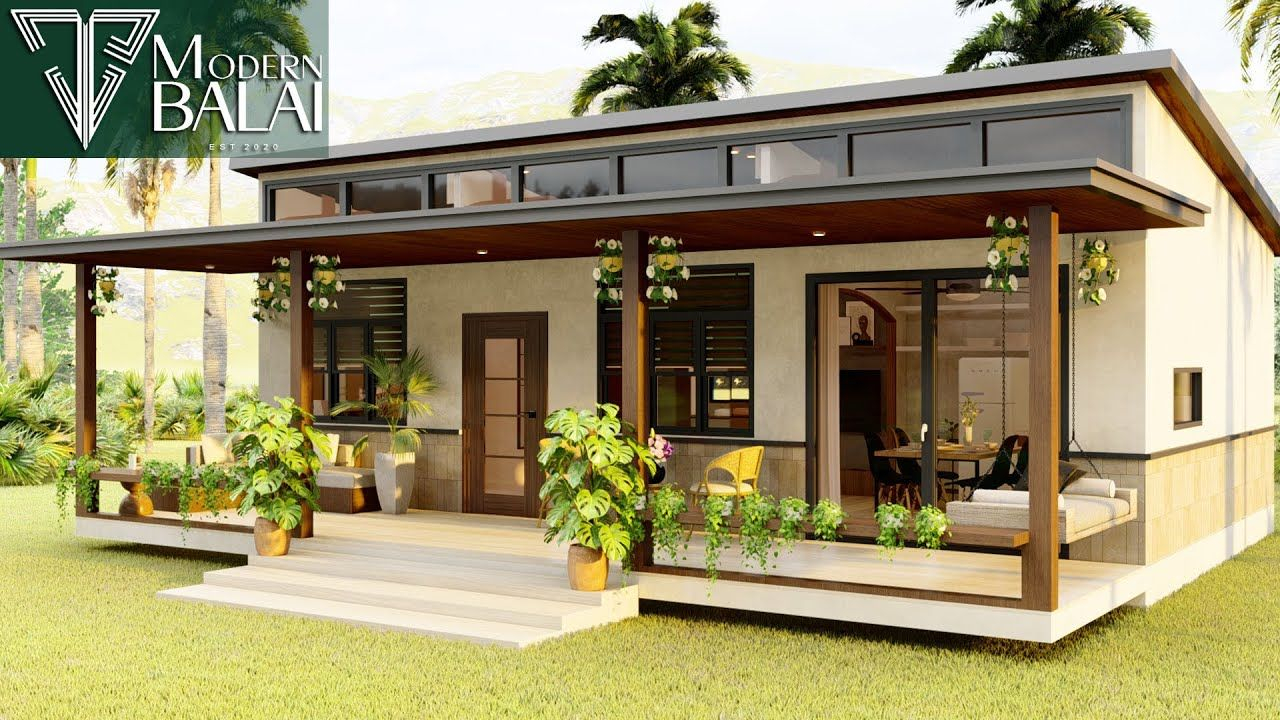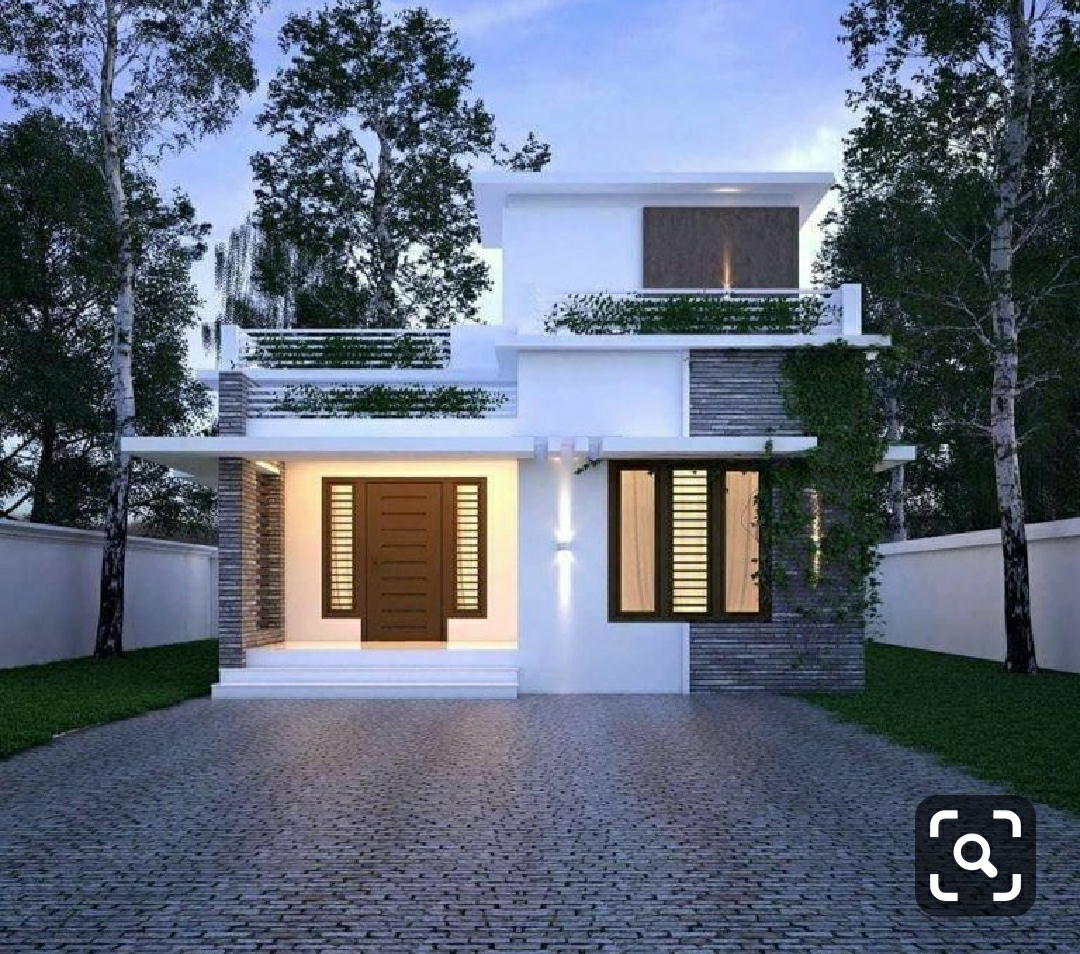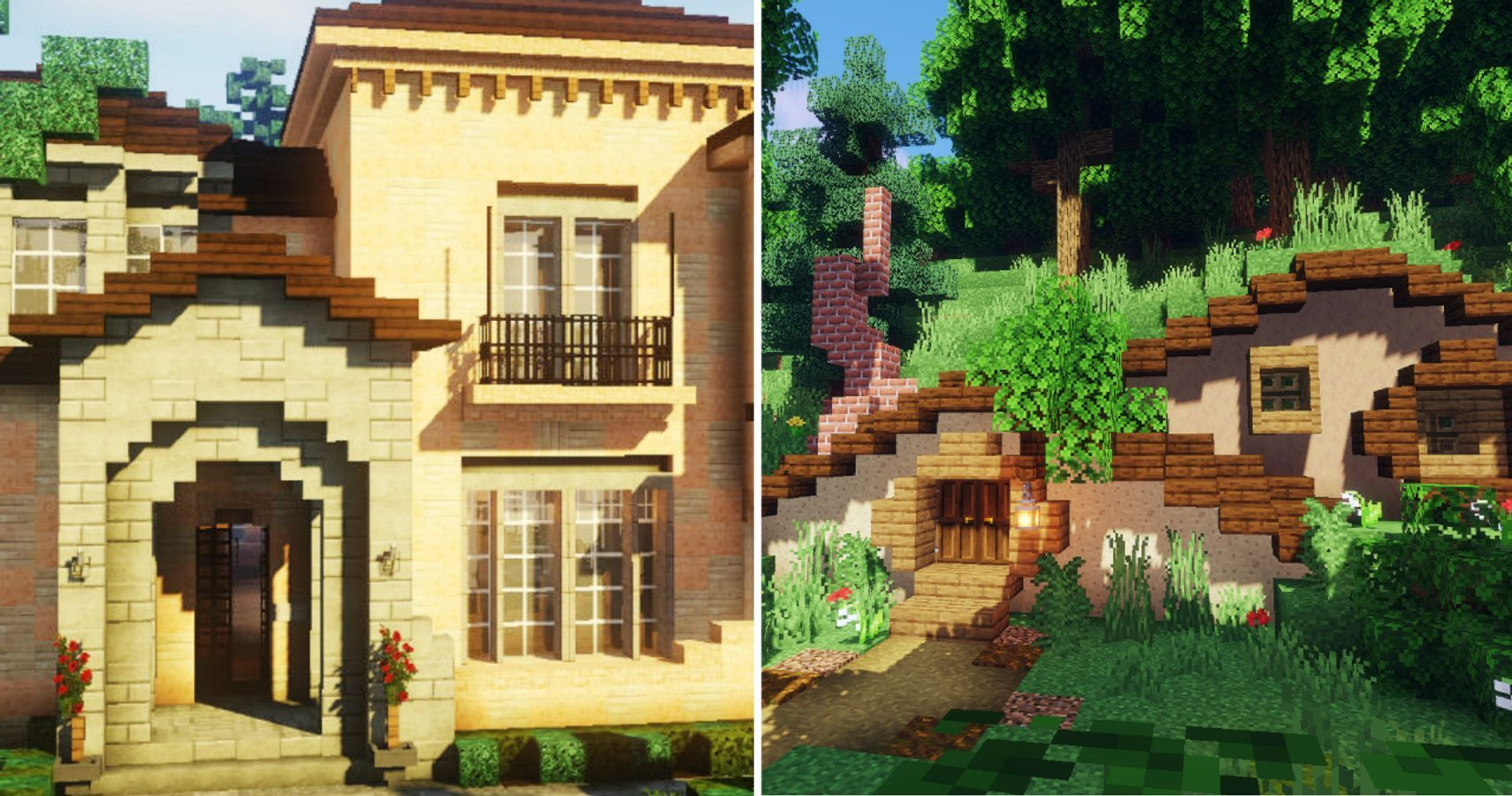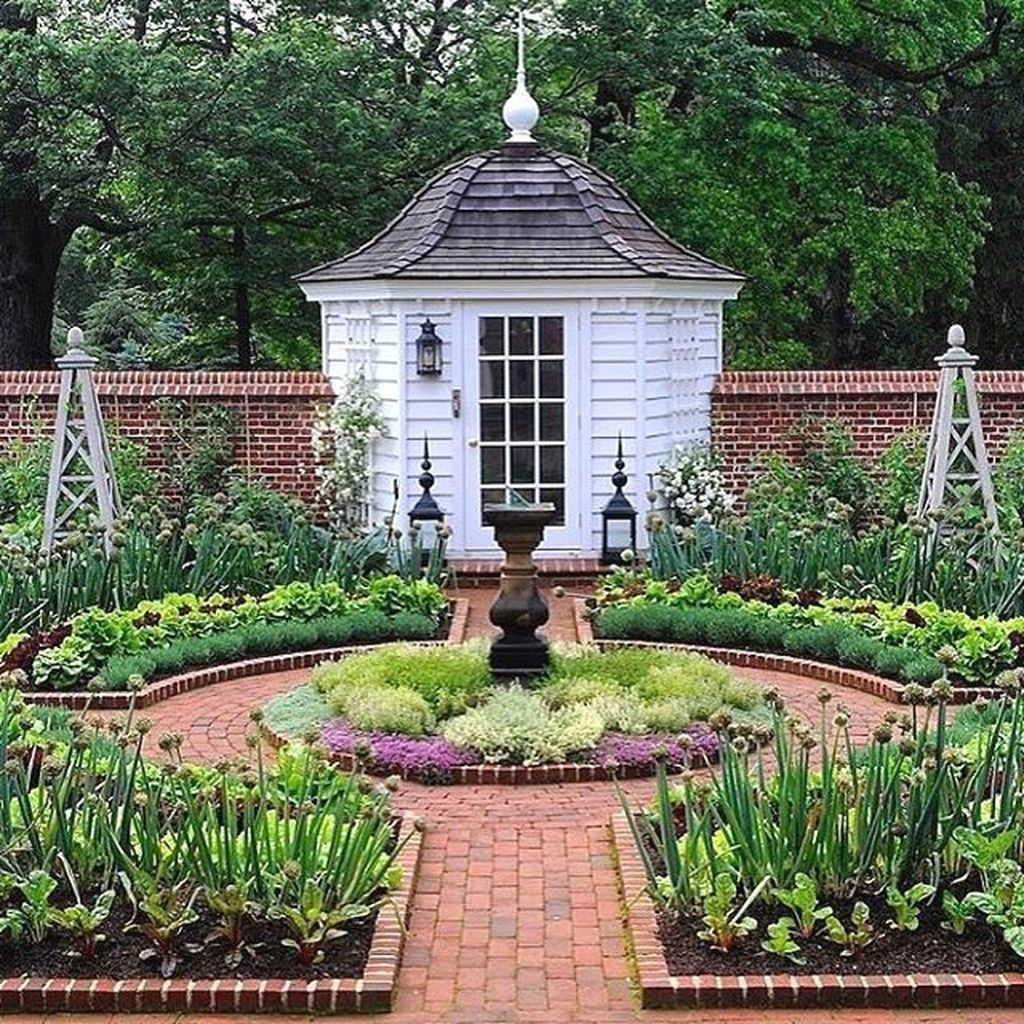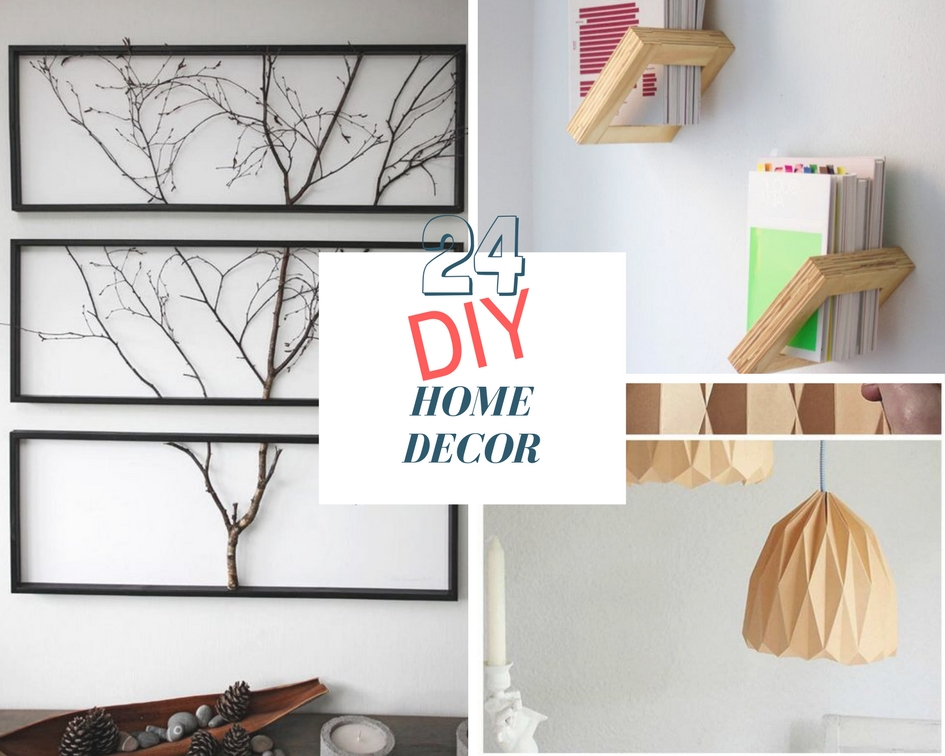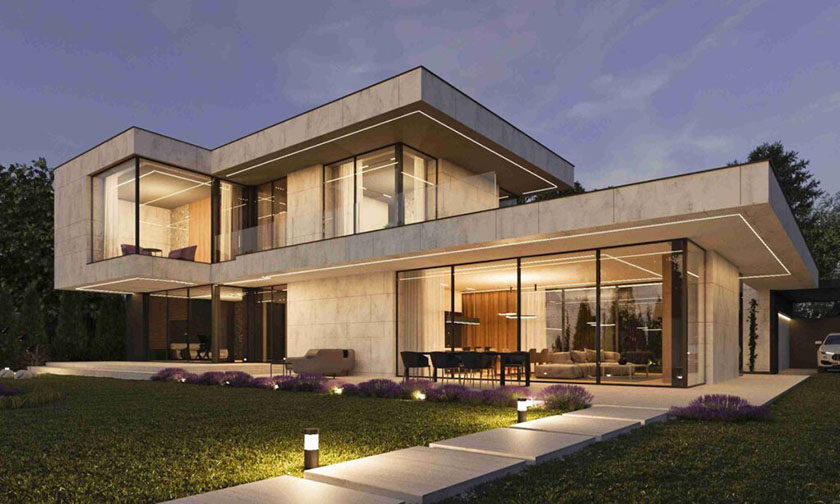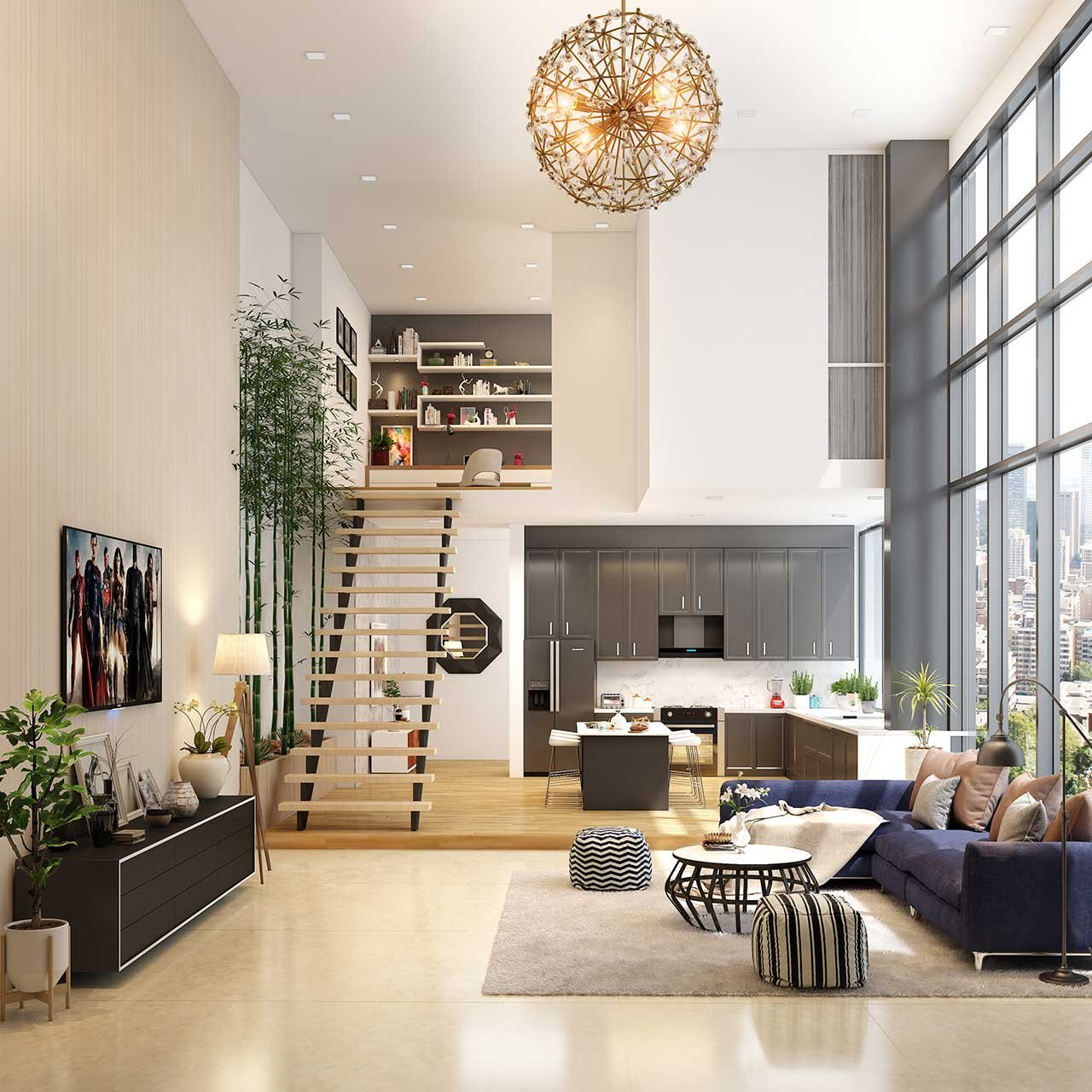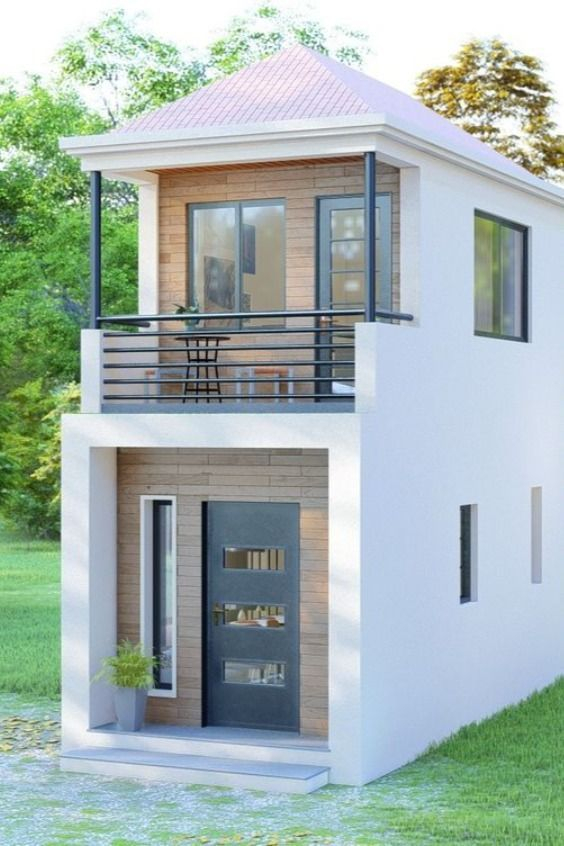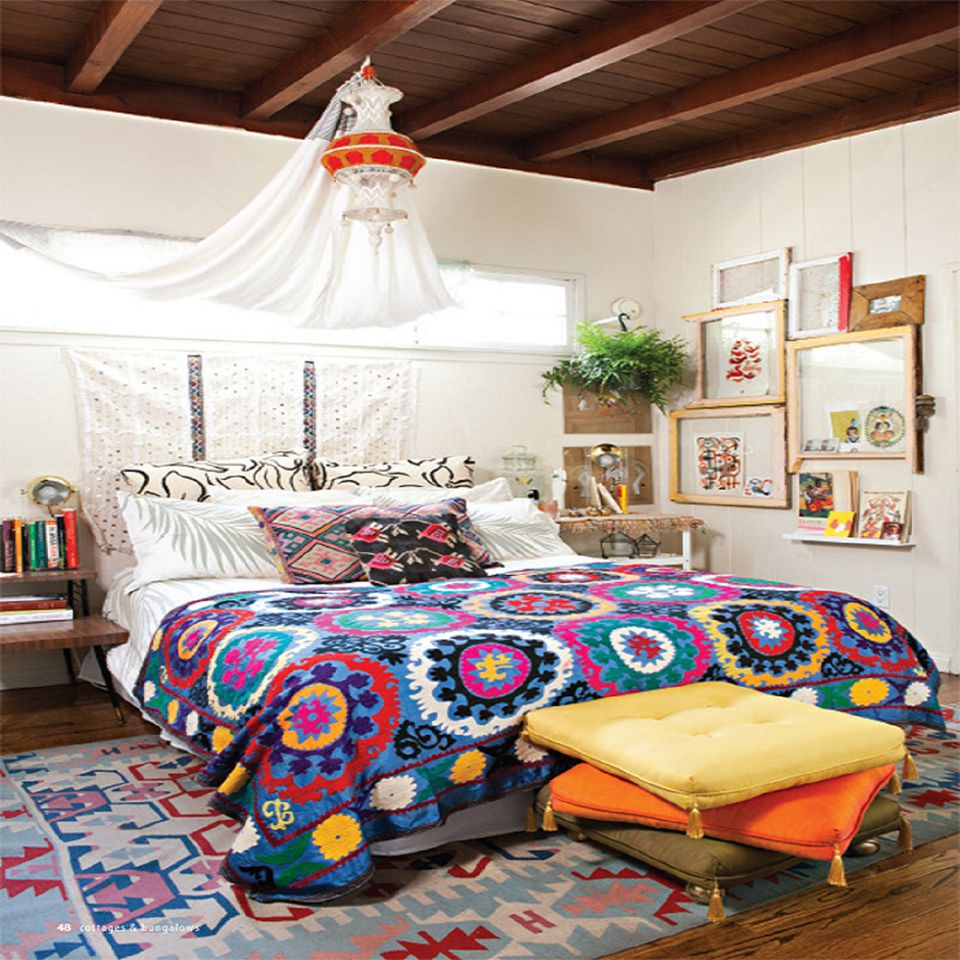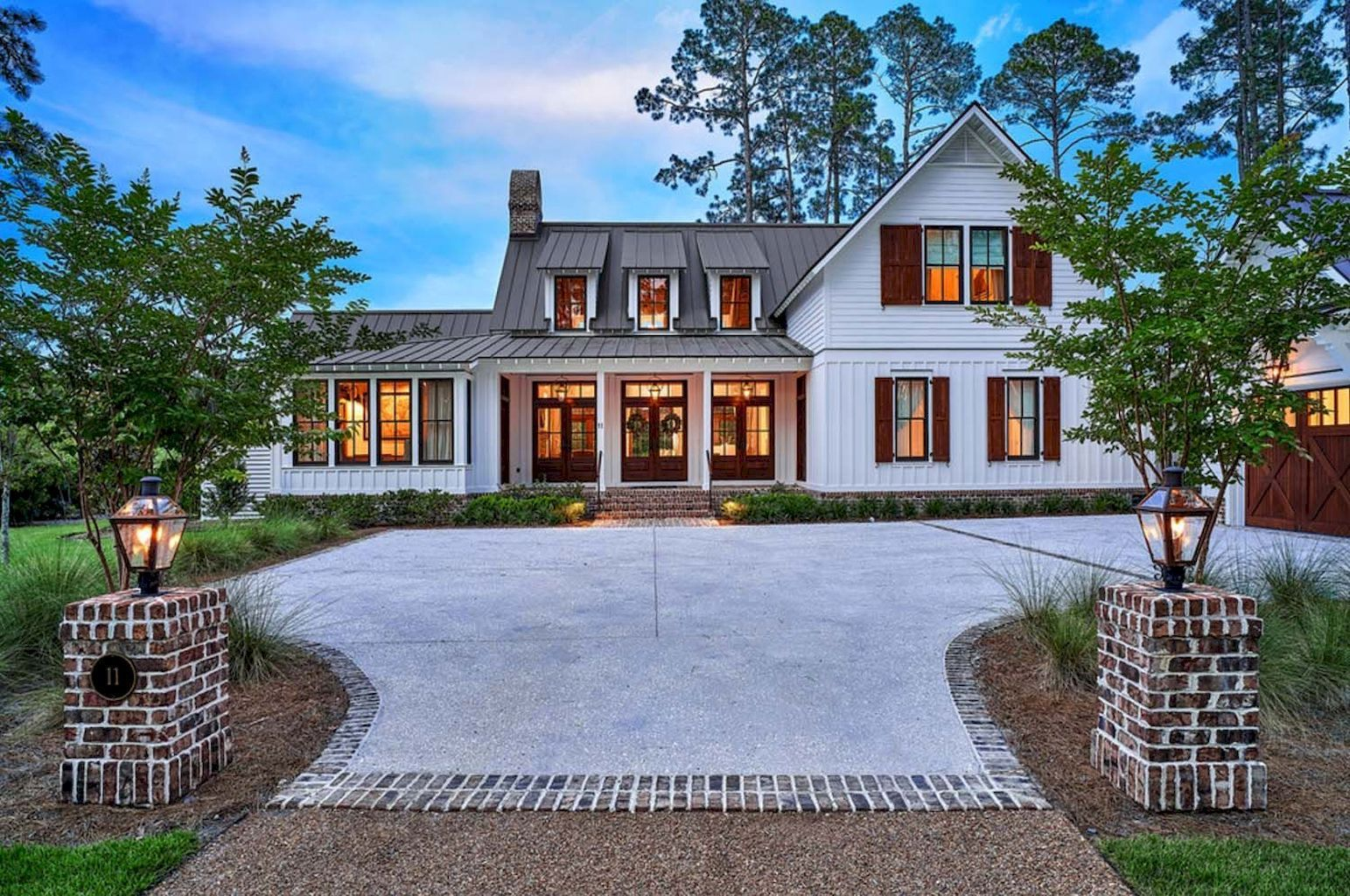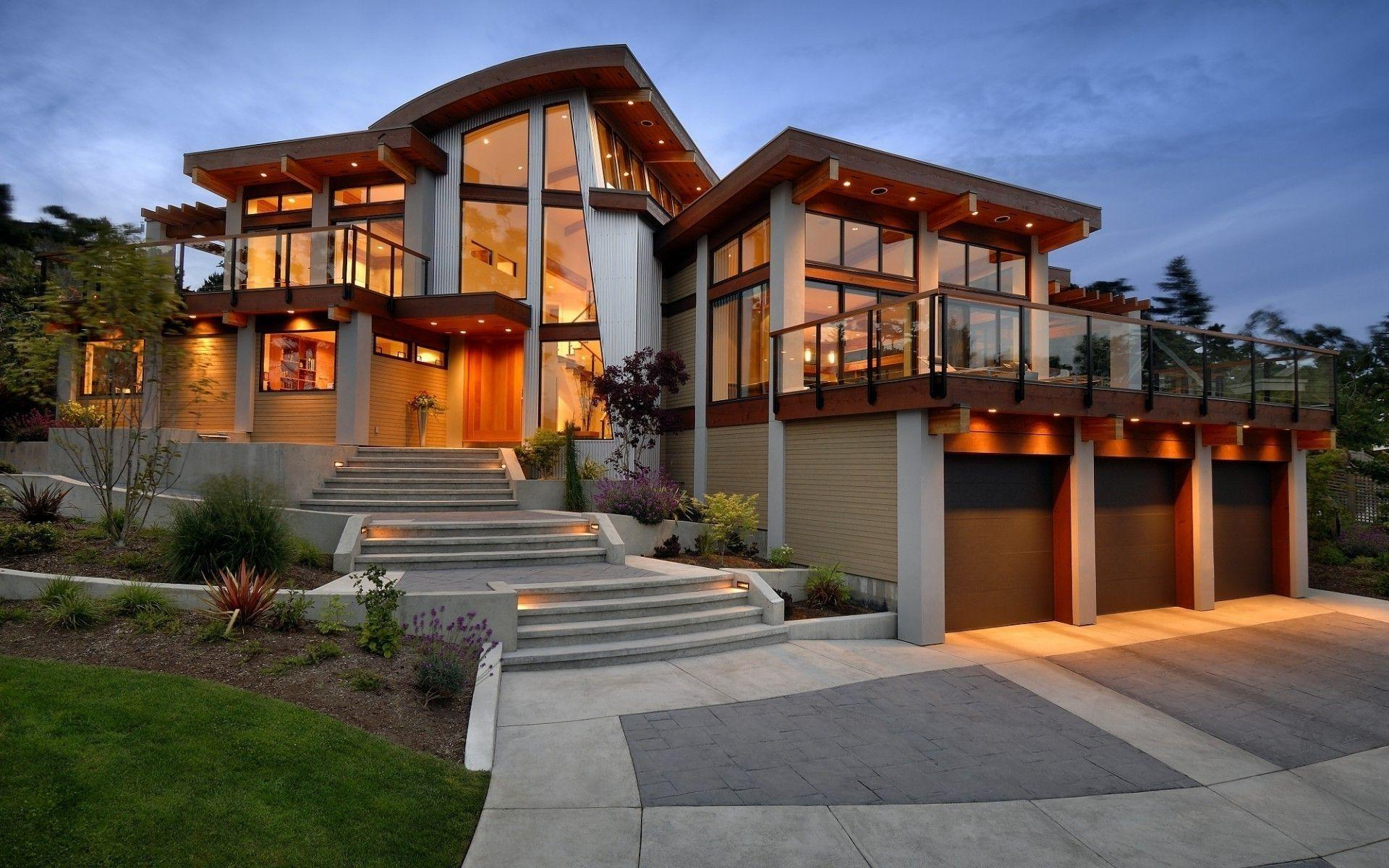Ever walk into a space and just feel… right? It’s a feeling many of us chase when we think about our dream home. It’s not just about having a roof over your head; it’s about creating a sanctuary, a place that reflects who you are and nurtures your well-being. But achieving that perfect vibe doesn’t always require a massive renovation or a sky-high budget. Sometimes, it’s the little things, the thoughtful applications of simple design principles, that truly make the biggest difference. Let’s explore how to unlock that feeling in your own space.
We all have an idea of what our ideal living space looks like. Maybe it’s cozy and rustic, sleek and modern, or bursting with color and personality. The journey to creating this space, however, can sometimes feel overwhelming. Where do you even begin? The good news is, you don’t need to be an interior designer to craft a home that feels both beautiful and functional. By understanding a few core design concepts, you can elevate your surroundings and cultivate an atmosphere that truly resonates with you. Think of these principles as your toolkit for transforming any house into a place you absolutely love coming back to.
1. Functionality First: How You Live dictates How it Looks
Before you even think about paint colors or furniture styles, consider how you actually use your home. This is perhaps the most crucial, yet often overlooked, principle. A beautifully designed room that doesn’t work for your lifestyle is just a pretty picture. Take stock of your daily routines. Where do you spend most of your time? What activities do you do in each room? For instance, if your kitchen is the hub of your family’s activity, ensure there’s ample counter space and comfortable seating. If you work from home, a dedicated, well-lit workspace is paramount. Think about flow, too. How do you move from one room to another? Ensure pathways are clear and logical. A functional layout makes everyday life smoother and more enjoyable, and it’s the foundation upon which all other design elements are built. It’s about making your home work for you, not against you.
2. The Power of Scale and Proportion: Getting the Sizes Right
Have you ever put a tiny rug in a large living room, or a massive sofa in a small bedroom? It just feels off, doesn’t it? That’s scale and proportion at play. Scale refers to the size of an object in relation to other objects around it, and proportion deals with the relationship between different parts of a whole. In a large room, smaller furniture can look lost and insignificant. Conversely, oversized furniture in a small space can make it feel cramped and uninviting. The key is balance. When choosing furniture, consider the dimensions of your room. Measure carefully. A good rule of thumb is to leave adequate space around furniture for movement and visual breathing room. For example, in a living room, ensure there’s enough space between the sofa and coffee table for easy access. Similarly, consider the height of furniture. A tall bookshelf can anchor a wall, while lower-profile pieces can make a room feel more open. Getting these measurements correct is essential for creating a harmonious and visually pleasing environment.
3. Light It Up: The Impact of Natural and Artificial Light
Light has an incredible ability to transform a space. Natural light is your best friend. Maximize it by keeping windows unobstructed. Use sheer curtains or blinds that allow light to filter in. Position mirrors strategically to reflect light and make rooms feel larger and brighter. But what about artificial light? It’s not just about having a single overhead fixture. Layering your lighting is key to creating ambiance and functionality. Think about ambient lighting (general illumination), task lighting (for specific activities like reading or cooking), and accent lighting (to highlight features like artwork). A well-lit room feels more inviting and can significantly impact your mood. Consider dimmer switches to control the intensity and mood. For instance, soft, warm lighting in the evening creates a cozy atmosphere, while bright, cool light is better for focused tasks during the day. Don’t underestimate the power of good lighting; it’s a game-changer.
4. Color and Texture: Adding Depth and Personality
Color and texture are the elements that truly inject personality into your home. Color can evoke emotions and influence the perceived size and mood of a room. Neutrals provide a calming backdrop, while bolder colors can create focal points and express your style. Don’t be afraid to experiment, even if it’s just with accent pieces. Texture adds tactile interest and depth. Think about the feel of different materials: the softness of a velvet cushion, the roughness of a natural wood table, the smoothness of a ceramic vase. Mixing textures makes a space feel richer and more layered. For example, pairing a plush rug with a linen sofa and a chunky knit throw can create a wonderfully inviting and tactile experience. Consider a feature wall with textured wallpaper or some exposed brick for added character. Combining color and texture thoughtfully can make a significant impact on the overall feel of your home.
5. The Art of Arrangement: Creating Flow and Balance
How you arrange your furniture and decor has a huge impact on how a room feels. It’s not just about placing items; it’s about creating a visual flow and sense of balance. Start with the largest pieces of furniture and arrange them to create conversation areas or define zones within a room. For example, in a living room, arrange seating around a coffee table to encourage interaction. Ensure there’s a natural path for people to move through the space without bumping into things. Balance doesn’t mean everything has to be symmetrical. You can achieve balance through the distribution of visual weight. If you have a large, heavy piece of furniture on one side of the room, counterbalance it with other elements on the opposite side, whether it’s a cluster of smaller items or a piece of art. Think about sightlines, too. What do you see when you first enter a room? Create an inviting focal point. Even small adjustments to furniture placement can make a dramatic difference in how spacious and welcoming a room feels.
6. Personal Touches: Making it Uniquely Yours
This is where your home truly becomes yours. Beyond the principles of design, it’s the personal touches that tell your story. Displaying items that hold meaning – photographs, artwork, travel souvenirs, heirlooms – injects soul into your space. These are the elements that spark joy and trigger memories. Don’t feel pressured to fill every surface; curated displays often have more impact. Consider creating a gallery wall with framed photos and prints, or dedicating a shelf to your favorite books and mementos. Plants also bring life and a sense of calm to any room. Ultimately, your home should be a reflection of your personality and experiences. It’s about creating a space that nurtures you and brings you happiness. These personal elements are the soul of your dream home.
Creating your dream home is a journey, not a destination. By focusing on these simple design principles – prioritizing functionality, mastering scale, leveraging light, playing with color and texture, arranging thoughtfully, and infusing personal touches – you can transform your living space into a place that truly feels like yours. Remember, it’s about making conscious choices that enhance your daily life and bring you joy. So, start small, experiment, and most importantly, have fun with the process. Your perfect haven is within reach, and it all starts with understanding these fundamental, yet powerful, design ideas.


